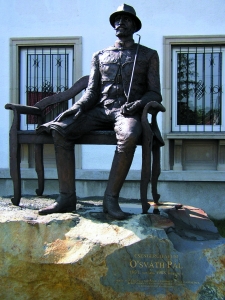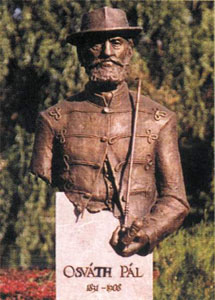Popular destinations nearby
Debrecen,
Hajdúszoboszló,
Hortobágy,
Nyíregyháza,
Szolnok,
Balmazújváros,
Berettyóújfalu,
Csaroda,
Csenger,
Cserkeszőlő,
Derecske,
Fehérgyarmat,
Hajdúböszörmény,
Hajdúdorog,
Hajdúhadház
|
Little town with a population of 4,500 on the plain of the river Körös, 6-7 km from the Romanian border. It is a typical settlement of the plain, similar to a chess board. Its railway station is a border station. It was founded in the 13th century. Originally it was called Fancsal. After the Mongol invasion it entered into the possession of the Holy Cross altar of Várad and it got the name of Mezőkeresztes. Since 1910 it has been called Biharkeresztes. During its history it was attacked and destroyed several times, but it was always rebuilt. Since the 19th century it has been the administrative centre of the region. Archeologists found remains from the Bronze age, the age of Avars and the age of Arpads in this territory. The Calvinist church was built at the beginning of the 17th century preserving some parts from the Middle Ages. In front of the Roman Catholic church you can find the statue of St. László. The tomb and statue of Pál O'sváth can be seen in the town. He organized the administration and the postal services of the town and he wrote the history of Sárrét. Outside the grammar school you can see the bust of the Transylvanian prince, István Bocskai (1604-1606). At 12 Ady Endre str. a collection of local history can be found. In Heroes' square you can see the monument of the victims of the two World Wars. The most important event in the town is the Exhibition and Fair at the Border, which is held in April every year, and the International Crafts Camp held at the end of June. Pictures of Biharkeresztes
|
Biharkeresztes map nagyítása >>
|
|
|
Hungary - Biharkeresztes |
|
|
|
||
|
Tuesday, 22. April 2025. - 12:21:15 |
||


